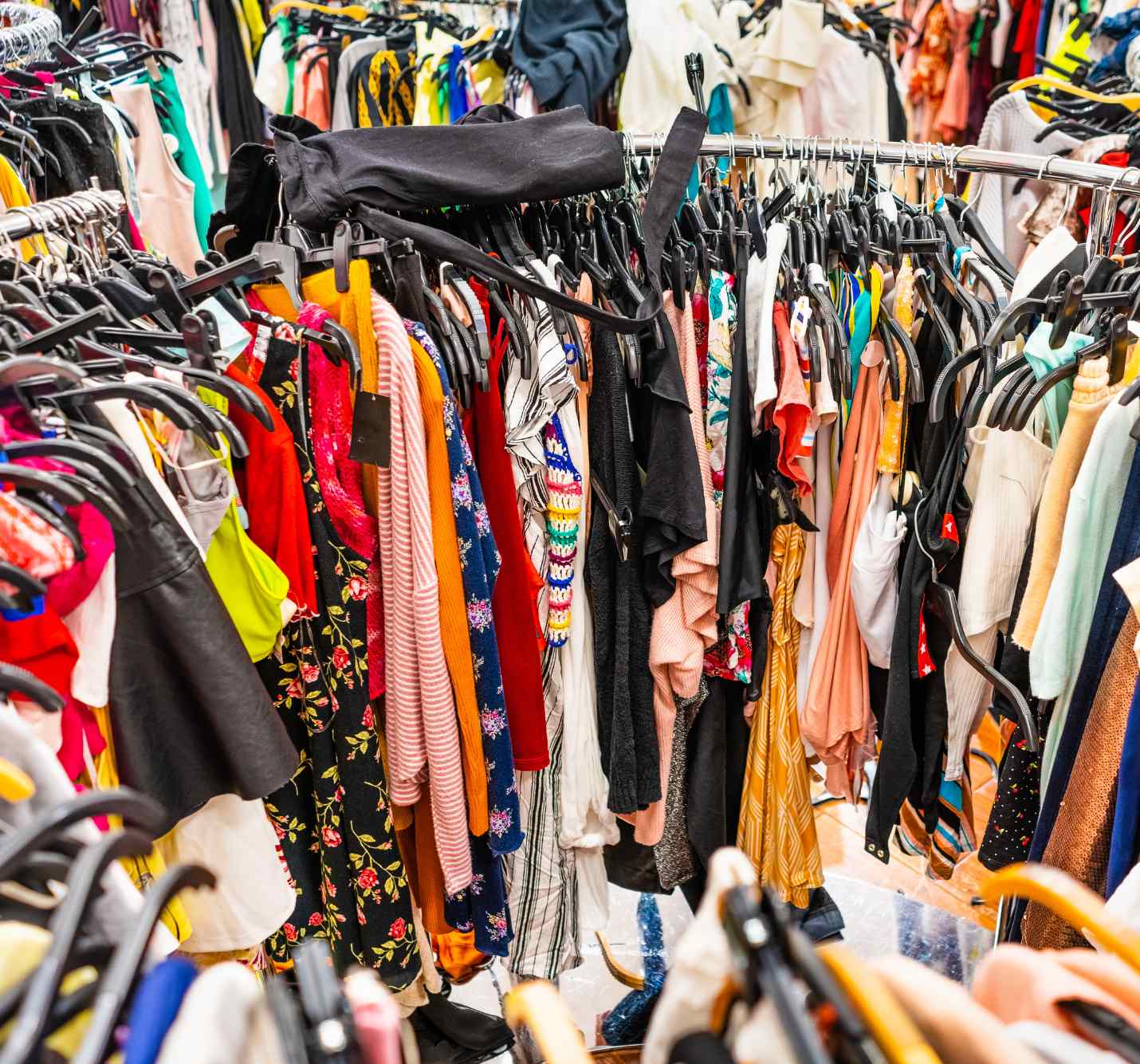Let’s talk
Fashion is culture, craft, and commerce. The sector employs millions across global supply chains and shapes how we live and express ourselves. Yet it also places heavy pressure on nature through water use, land conversion, chemical pollution, and waste from a largely linear model.
The foundations fashion depends on clean water, healthy soils, diverse ecosystems, and resilient communities and these are all under strain. Left unchecked, these pressures translate into material supply risks, rising costs, and reputational exposure.
But transformation is possible and urgent. By shifting materials, phasing out hazardous chemistry, scaling circular models, and investing in place-based restoration, the sector can cut risk, unlock value, and help deliver a nature-positive future.
The industry is being reshaped by rising expectations on transparency, materials, and circularity. Four trends stand out:
From the Global Biodiversity Framework to TNFD- and SBTN-aligned expectations, brands are being asked to assess dependencies and impacts, set targets, and disclose credible plans across the value chain.
Pressure is mounting to avoid high-impact or uncertified inputs and move toward preferred, traceable, and regenerative materials — including certified natural fibres and lower-impact man-made cellulosics.


If left unaddressed, these challenges will raise costs, disrupt supply, and erode brand trust.
Irrigation, dyeing, and finishing drive heavy freshwater demand and effluent risks, often in already stressed basins.
Expansion for fibre crops and grazing, plus monocultures and poor practices, degrade soils and drive habitat loss.
Persistent chemicals and unmanaged residuals affect ecosystems and communities; synthetic microfibres pollute waterways and oceans.
Deep, fragmented supply chains and short product lifecycles make it hard to evidence performance and curb waste at scale.
Handled well, the transition can cut risk, unlock efficiency, and create measurable gains for nature.
Adopt certified, lower-impact fibres; support regenerative agriculture and responsible MMCF sourcing to reduce land and soil pressures.
Strengthen RSL/MRSL controls, invest in safer-by-design processes, and close loops to prevent releases across the lifecycle.
Improve efficiency, reuse effluent, and collaborate in priority catchments to build resilience where it matters most.
Design for durability and recyclability, build take-back and fibre-to-fibre systems, and align incentives to curb overproduction.

We work with our clients to map nature impacts and dependencies throughout their agricultural value chains, identifying priority pressures such as deforestation, soil degradation, or water stress.

We collaborate with client teams to translate material nature-related impacts and dependencies throughout agri-supply chains into business risks and opportunities.

We support clients to distill nature-related dependencies, impacts, risks and opportunities into credible reporting that can be used to drive action.

We help craft credible nature strategies with clear targets and actions that tackle key dependencies, impacts, and risks while unlocking opportunities that drive business value and sustainable performance.